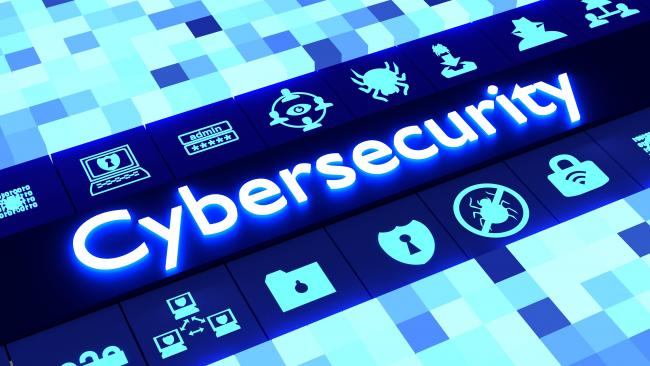Topics
Cybersecurity Trends for SMBs

If large global brands, like Target, struggle to protect themselves from cyber attackers, how can small businesses protect themselves? How can you manage IT in a way that helps you conduct business, while also protecting your assets and lowering risk?
What exactly is changing?
The sophistication of attacks has gone from hacks carried out by college kids, to organized crime spending millions to develop debilitating attacks. The increased frequency of attacks is even more alarming. We no longer see cyberattacks from a handful of isolated groups, but instead from hundreds of organizations. With the increased frequency and intensity of attacks, we have reviewed some recent cybersecurity trends to help you understand how they are impacting small and medium businesses.
Ransomware
The next generation of ransomware and malware produced today are more effective and harder to detect, exposing us to even greater risk, according to Nick Belov, CISO at CGS.
The cyberattackers building these malicious programs are changing their tactics as well. Attackers today will sometimes masquerade as security consultants who can “recover” encryption keys for companies that have been the victim of an attack. The hackers claim they can recover their data, for a fee. Attackers have found it easier to convince companies to pay IT consultants a steep fee, as opposed to paying a ransom to cyberattackers.
Another new strategy is creating ransomware that is smart enough to hunt down and destroy backups or backup catalogs in addition to the original data. This has companies looking to air gapped backups as one popular way to reduce risk.
The good news is ransomware attackers are also working against the clock. Flaws in malware implementation may weaken attacks so that companies can quickly recover their lost or damaged data. In some cases, if the affected company can afford to wait, simply holding out for a few weeks or a month may allow them to use a public solution to a widespread malware attack. This is, of course, a business decision, not a technology or information security decision, that each company has to make case by case.
More Sophisticated Attacks
The increased sophistication of attacks has been problematic for some time, however, we have seen a few recent dramatic jumps.
The recent dump of NSA tools has been hugely impactful. One of the most well-known attacks as a result of the dump is the zero day hackers developed known as the WannaCry ransomware. Zero days are attacks on previously unknown software vulnerabilities for which a developer has not released a patch or fix. As we saw in the case of WannaCry, companies are not well prepared to manage zero days, and neither is the IT industry. This is incredibly surprising as these attacks can be very damaging and are increasing in intensity and frequency.
There has also been an increase of carefully constructed social engineering email phishing attacks such as CEO wire scams, W2 scams or phishing for credentials for services like Office 365 and Outlook Web Access.
In the past, these kinds of attacks were easily identified by poor English and a liberal dose of grammatical and linguistic mistakes. Cyberattackers today have tools that can accurately mimic the language and communication style of the supposed sender, be it the CEO or controller. The emails are almost perfect, down to the smallest details, so that the receiver might actually believe she wrote the email.
One easy step is to build adequate, frequently tested backups. Regardless of the format and how well it works, in an attack everything will reflect back on your preparation. It's one thing to replace a day's worth of work because it was caught it in a few hours, versus having to go back three months. In particular, if you have backups and they are not detached, malware and ransomware have become smart enough to reach these files and destroy them in an attack as well. Data governance and understanding where your data lives is a key part of your recovery prepartion.
